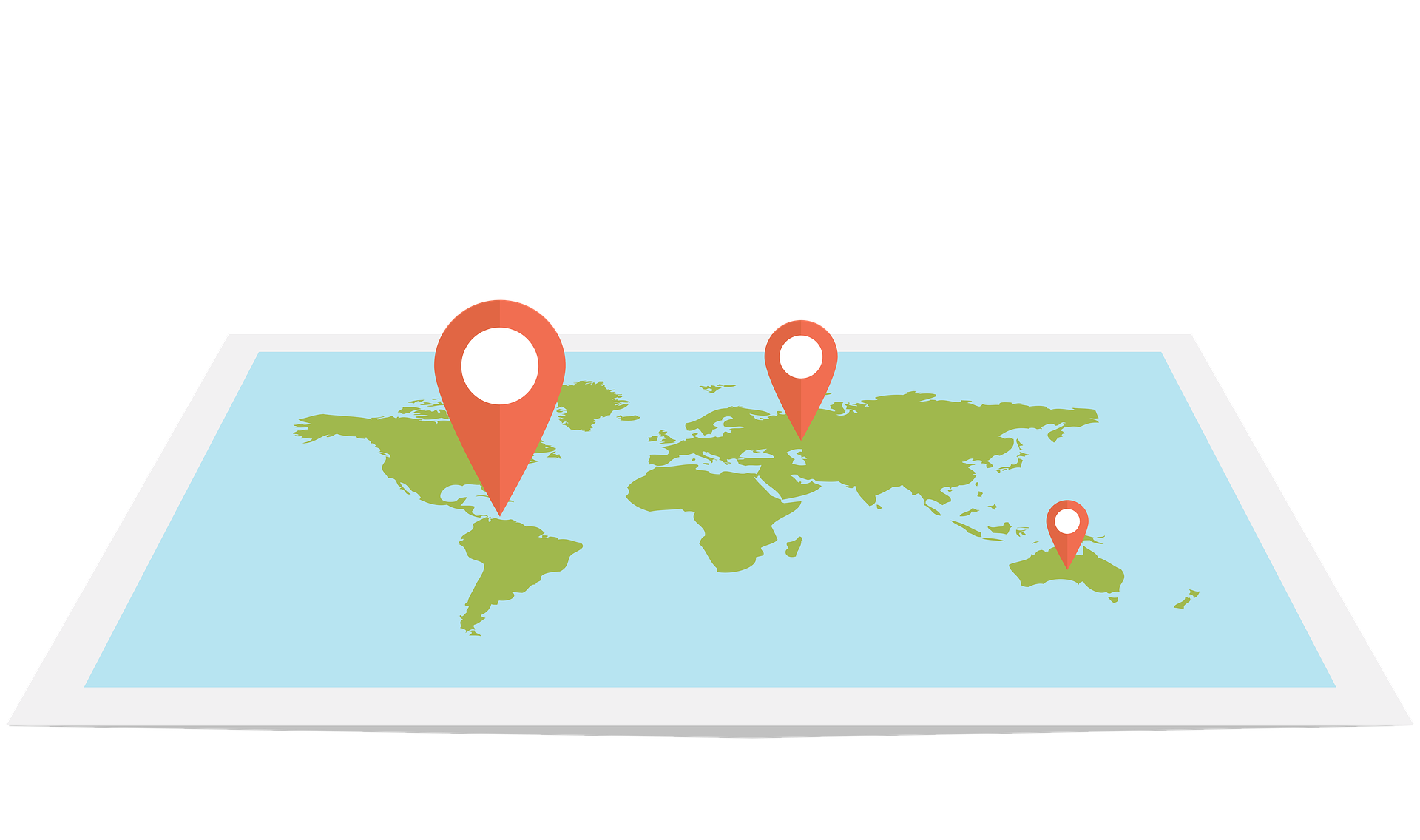Leveraging technology to combat ever-changing issues (1/2)
NeoTrack’s cloud-based fleet management systems automate, digitize, and simplify their staff transportation operations. Our solutions use technologies like AI, Machine Learning, Data Analytics, Geofencing, and GPS, to not only make life simpler for Transport Admins, but also greatly enhance the employee transportation experience by making it safer, faster, and more convenient.
Few examples of how technology is used to improve employee transportation operations:
- Real-time data monitoring
We continually collect data for better route planning, vehicle monitoring, on-road mobility, and cost savings. These data points are helpful to create schedules and to generate automated routes.
Since the position of each vehicle is tracked in real-time, we deliver more precise ETA updates while also dynamically changing routes depending on on-the-ground conditions (such as traffic, roadblocks, etc.). Any changes in routes or schedules may also be conveyed effortlessly, avoiding any communication failures. All of this contributes to shorter average journey durations, better usage of vehicle seating capacity, fewer trips done, and lower transportation costs while enhancing employee commute experience.
- Geofencing, Employee Apps, and In-Vehicle Cameras
One of the most important parts of employee transportation operations is employee safety. NeoTrack’s fleet management technology enables businesses to ensure safer trips through a variety of technological interventions. Geofencing, for example, may be used to routes to provide warnings in the event that a vehicle deviates from its system-defined path, allowing them to undertake more quick actions. Employee applications also have an SOS button that can be used to rapidly inform the admin team in the event of an emergency, and in-vehicle camera connections allow transport managers to periodically check in on their fleet.
The system also considers gender-based requirements, ensuring that female employees are never alone in the vehicle and are given escort guards during commutes. These technologies have also been developed for use in the aftermath of an outbreak. For example, using geofencing, transportation administrators can define red zones to avoid pick-ups/drop-offs in locations with COVID-19 instances. In-vehicle camera integrations, on the other hand, may be used to guarantee that safety and social distancing norms are followed in every vehicle in the fleet, as well as to spot potential violations. Employee applications can also be utilized to enable contactless boarding, resulting in safer employee commutes in the post-pandemic era.
The post Leveraging technology to combat ever-changing issues (1/2) first appeared on NeoTrack.
The post Leveraging technology to combat ever-changing issues (1/2) appeared first on NeoTrack.


